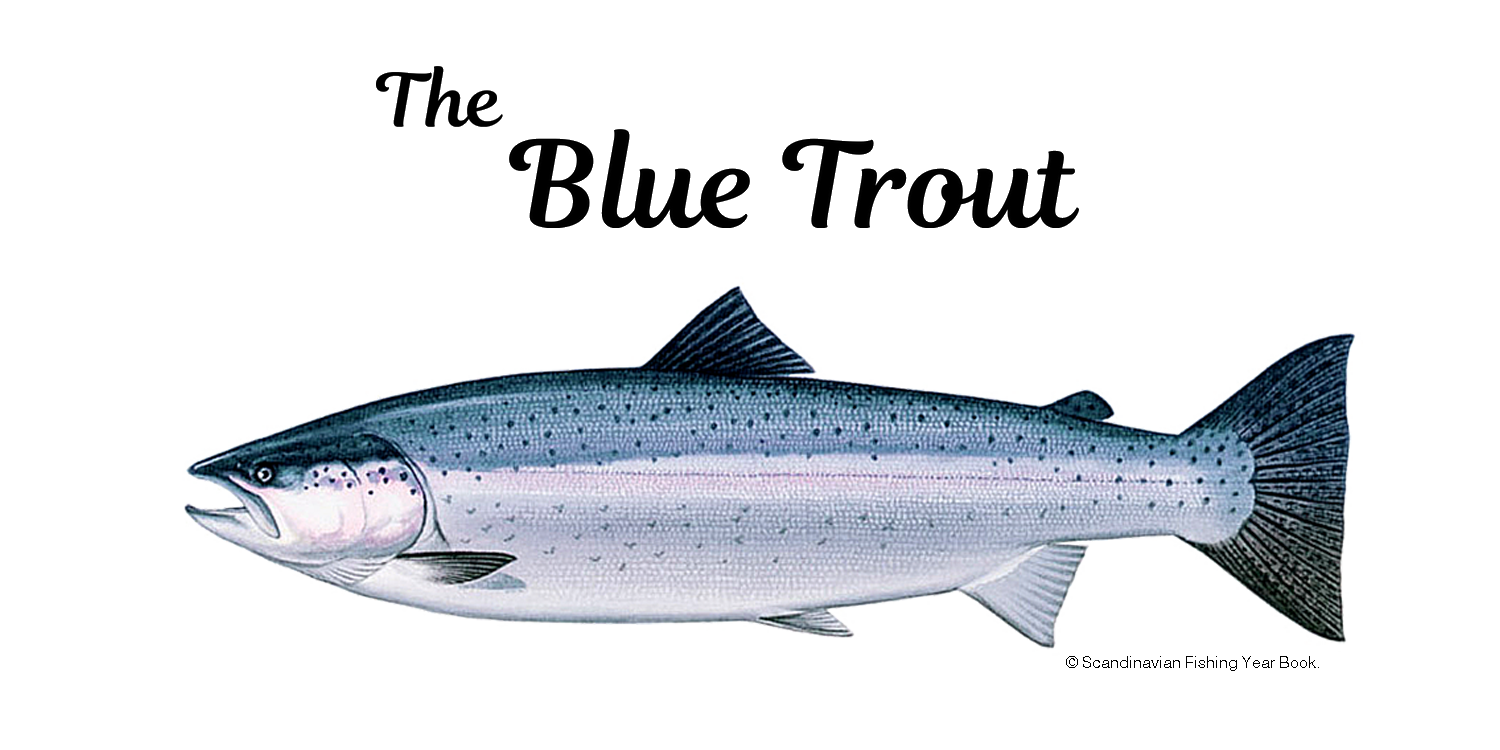At all times when fishing for Blue Trout think like a Blue Trout ~ no matter how weird it gets !

Considered by some to be even feistier than the rainbow the silvery blue iridescent sheen of a blue trout is a sight to behold. This coloration is not as you might expect due to skin pigmentation but instead caused by the light scattering appearance of the fishes skin similar to the “Tyndall effect".

